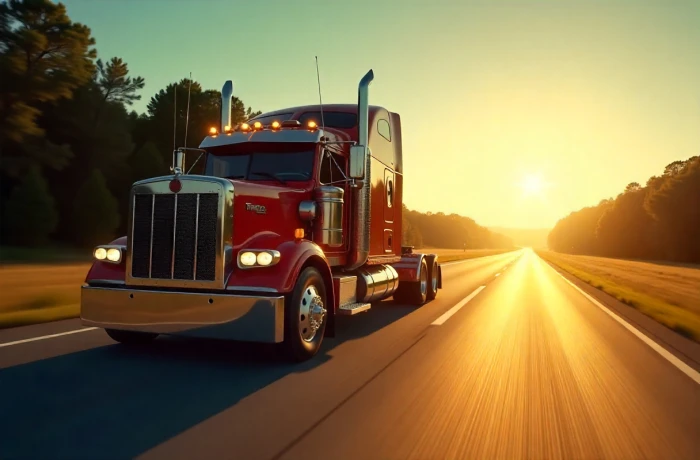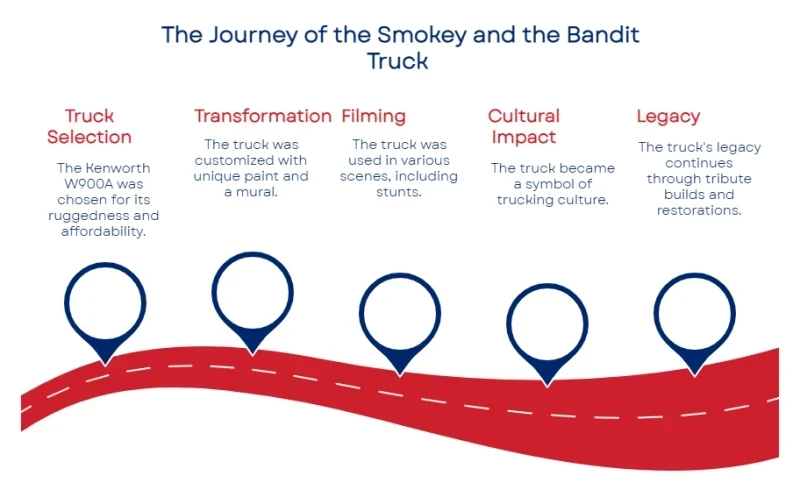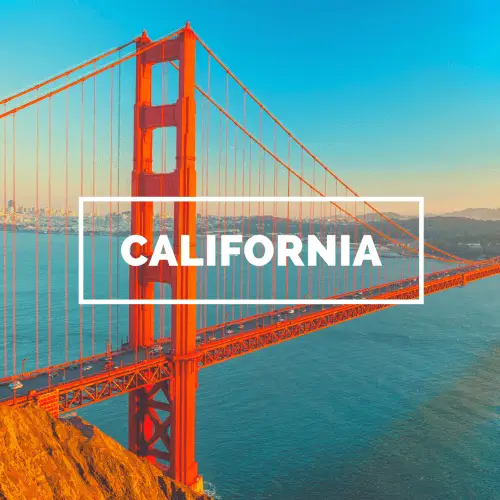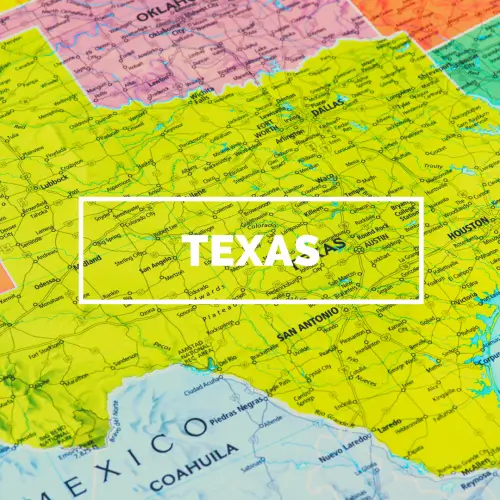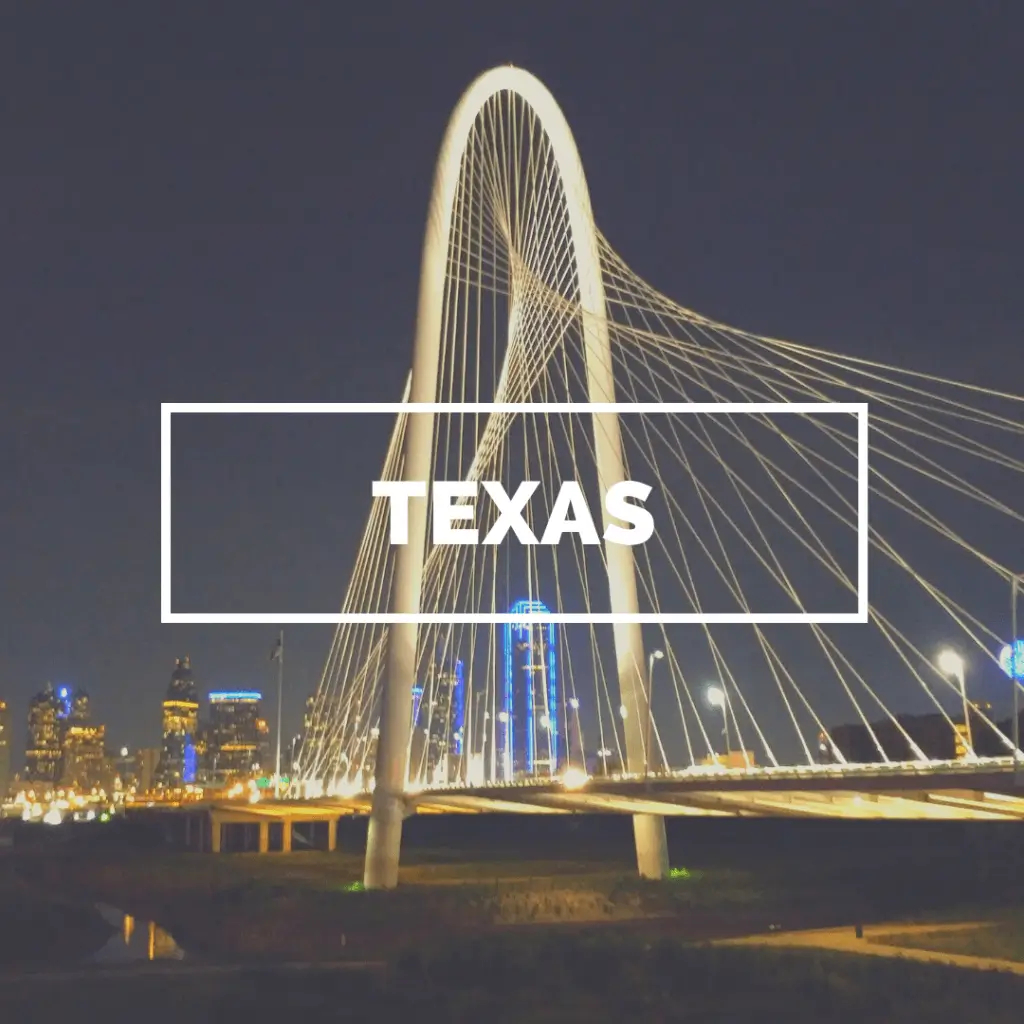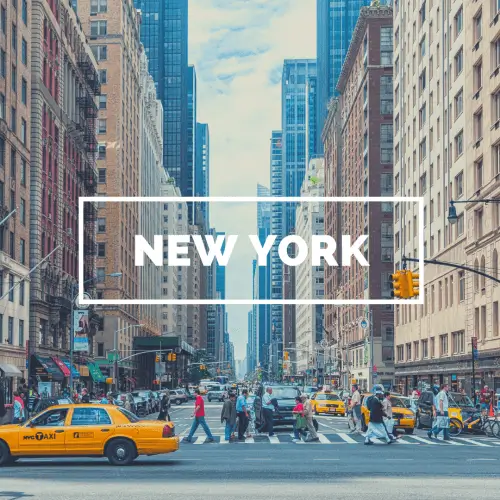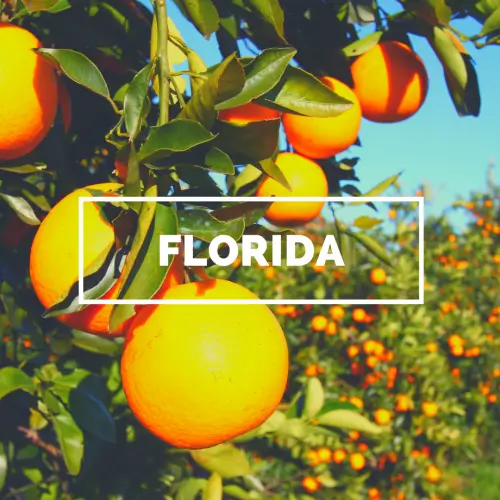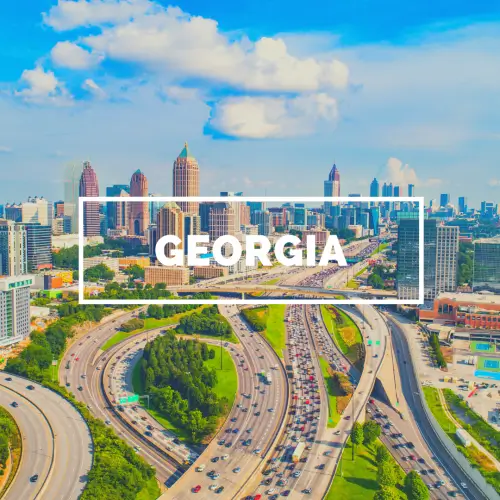The Truck That Carried a Legend
The Smokey and the Bandit truck, the mighty Kenworth W900, didn’t just carry a trailer full of beer. It brought the spirit of an entire generation of truckers and fans, alongside the beloved Smokey and the Bandit cast.
In the late 1970s, the trucking culture swept the country like never before. CB radios became household staples, with sales jumping over 250% after the release of Smokey and the Bandit in theaters.
While most people remember the sleek black Trans Am, the Kenworth W900 also made a significant impression.
What You’ll Learn
Before we get into the full story, here’s a quick look at what you’re about to discover about the legendary Smokey and the Bandit truck:
The story behind the Kenworth W900 in the film
Why the Kenworth W900 became a cultural icon
How its legacy lives on today
Overview: Why the Smokey and the Bandit Truck Is Still Iconic
The Smokey and the Bandit truck, a 1974 Kenworth W900A, became a cultural icon for its role in the 1977 film. It symbolized grit, power, and the independent spirit of American trucking and remains celebrated today.
Key facts about the truck:
The movie featured three W900A trucks: two from 1974 and one from the 1973 50th-anniversary edition, which had a gold emblem.
It featured a long hood, a 36-inch sleeper cab, and authentic big-rig engines: twin-turbo Cummins and, sometimes, a Caterpillar.
Custom touches included a “Black Coffee” dark brown paint job, gold pinstriping, a hand-painted stagecoach mural on the trailer, and a custom bullbar for stunt scenes.
The truck carried 400 cases of illegal Coors beer across state lines in the movie while Bandit ran interference in a Trans Am.
Its design and cinematic role helped ignite interest in trucking culture and CB radios in the late 1970s.
The Unsung Star: Why the Kenworth W900A Was Chosen
While the 1977 Pontiac Trans Am stole the spotlight in Smokey and the Bandit, the Kenworth W900A was the real workhorse behind the story. The filmmakers needed a truck that looked authentic yet striking enough to stand out on screen, and the W900A delivered.
At the time, the Kenworth W900A was one of the most trusted rigs on American highways. It had a reputation for durability and was widely available to the production crew.
Shot on a shoestring budget, the production utilized the Kenworth W900A due to its affordability for both rental and purchase, as well as its ease of maintenance throughout filming.
With its long hood, tall stance, and bold grille, the W900A had a presence that read well on camera. It was imposing, yet still approachable, exactly the image the filmmakers had envisioned for Snowman’s truck.
Even before the cameras rolled, the W900A was already a favorite among real truckers for the same reasons: dependable and tough, yet with a touch of style that set it apart. It wasn’t flashy, but it didn’t need to be.
The Transformation: Turning a Work Truck into a Movie Star
The Kenworth W900A was initially a solid and dependable truck. But to make it a star, the production team gave it a unique personality that fit the outlaw spirit of Smokey and the Bandit.
Here’s how they brought Snowman’s rig to life:
The filmmakers envisioned the trailer as gritty yet memorable. It needed to look like it belonged to a seasoned, no-nonsense trucker, someone who’d seen a few miles but took pride in their ride.
Who made it happen: Studio transportation coordinators and prop designers collaborated to modify the trucks, ensuring they looked authentic on the outside and were functional for filming on the inside.
Key exterior modifications included:
A distinctive “Black Coffee” dark brown paint job with thin gold pinstriping on the front fenders.
A hand-painted trailer mural depicts an Old West bandit holding up a stagecoach, an image that has become iconic in its own right.
A gold 50th-anniversary emblem on the 1973 truck’s grille; the 1974 trucks kept silver emblems.
A custom bullbar is mounted for stunt scenes, especially for ramming police cars during the finale.
The production used three trucks: one for close-up “hero” shots and the others for stunts and action scenes. Each was slightly adjusted to fit its role. Interiors were modified for filming, including rigs that allowed the cab to be towed for close-ups of Jerry Reed driving.
These details gave the W900A just the right mix of rugged realism and cinematic flair. On-screen, it looked like a truck you’d see hauling down I-75: only sharper, tougher, and ready for anything.
How the Movie Truck Compared: At a Glance
Fact vs. Fiction: What Was Real and What Was Movie Magic
The Smokey and the Bandit truck looked and sounded larger than life on screen, but not everything about it was as wild as the movie made it seem.
Let’s separate the real from the movie magic:
Authentic big rig power: The trucks were equipped with real-world engines you’d find on the highway. They ran twin-turbo Cummins engines and, in one case, a 3408 Caterpillar. There are no hidden hot rods or overblown horsepower, just solid, big-rig muscle.
Cosmetic over mechanical: Most of the changes made for the movie were cosmetic. The paint, murals, bullbars, and interior filming setups gave the truck its unique look. Underneath, it was still a standard Kenworth W900A built for hauling.
Cinematic tricks: The movie amped up the drama with sound effects and clever editing. Gearshifts, CB radio chatter, and even some of the big crashes were enhanced in post-production for maximum impact.
Interior filming setups: Those close-up shots of Snowman at the wheel? Many were filmed with the truck cab rigged to a tow vehicle, letting Jerry Reed focus on acting instead of driving.
So, while the Kenworth W900A didn’t pull off impossible stunts all on its own, it didn’t need to. Its real-world grit and style made it believable enough that audiences fell in love with it anyway.
Legacy on the Road: How the Truck Lives On
Even though the original Smokey and the Bandit truck has never been definitively found, its spirit keeps rolling thanks to the dedication of fans and restorers. For many, the Kenworth W900A remains the ultimate dream truck, a symbol of freedom and the golden age of trucking.
Across the country, you can find incredibly detailed tribute trucks at truck shows and classic vehicle events. Builders spend years perfecting everything, from the “Black Coffee” paint to the stagecoach mural and even the gold pinstriping.
Some die-hard fans have added Smokey and the Bandit replicas to their private fleets, sometimes starting with original-era W900As and transforming them into near-perfect copies of Snowman’s rig.
Need Help Shipping Your Car?
If you’re looking to ship your classic vehicle, replica, or any other car, AmeriFreight Auto Transport is here to help. We understand that transporting a vehicle, especially a classic or a replica, requires careful attention and a trusted hand. That's why we coordinate vehicle transport with licensed, vetted carriers who prioritize reliability and care.
Our experienced team is dedicated to supporting you throughout the entire process, from pickup to delivery, ensuring your vehicle arrives at its destination safely and efficiently.
Frequently Asked Questions (FAQs)
How many trucks were used in the movie?
The production used three different Kenworth W900A trucks: two 1974 models and one 1973 50th-anniversary edition with a gold grille emblem.
What happened to the original trucks after filming?
The exact fate of the original trucks remains unknown. Most were likely sold off or scrapped after filming, though none have been officially confirmed as surviving.
Was the truck modified for stunts?
Yes. One truck was fitted with a heavy-duty bullbar for ramming police cars and reinforced to handle stunt scenes.
Did Jerry Reed drive the truck?
For many scenes, yes. But close-ups were filmed in a cab mounted on a tow rig to keep Reed focused on acting.
Can I see a replica of the truck today?
Absolutely. Many enthusiasts have built exact replicas of the Smokey and the Bandit truck, and they’re often displayed at truck shows and events around the U.S.
Disclaimer: This article is for informational and entertainment purposes only. The Smokey and the Bandit truck is a fictional vehicle from a television series, and while some replicas exist, they are not affiliated with the original creators or licensed properties. Any references to custom builds or fan-made projects are based on publicly available information and are not endorsements. Always consult a qualified professional before attempting any automotive modifications or large-scale vehicle builds.


